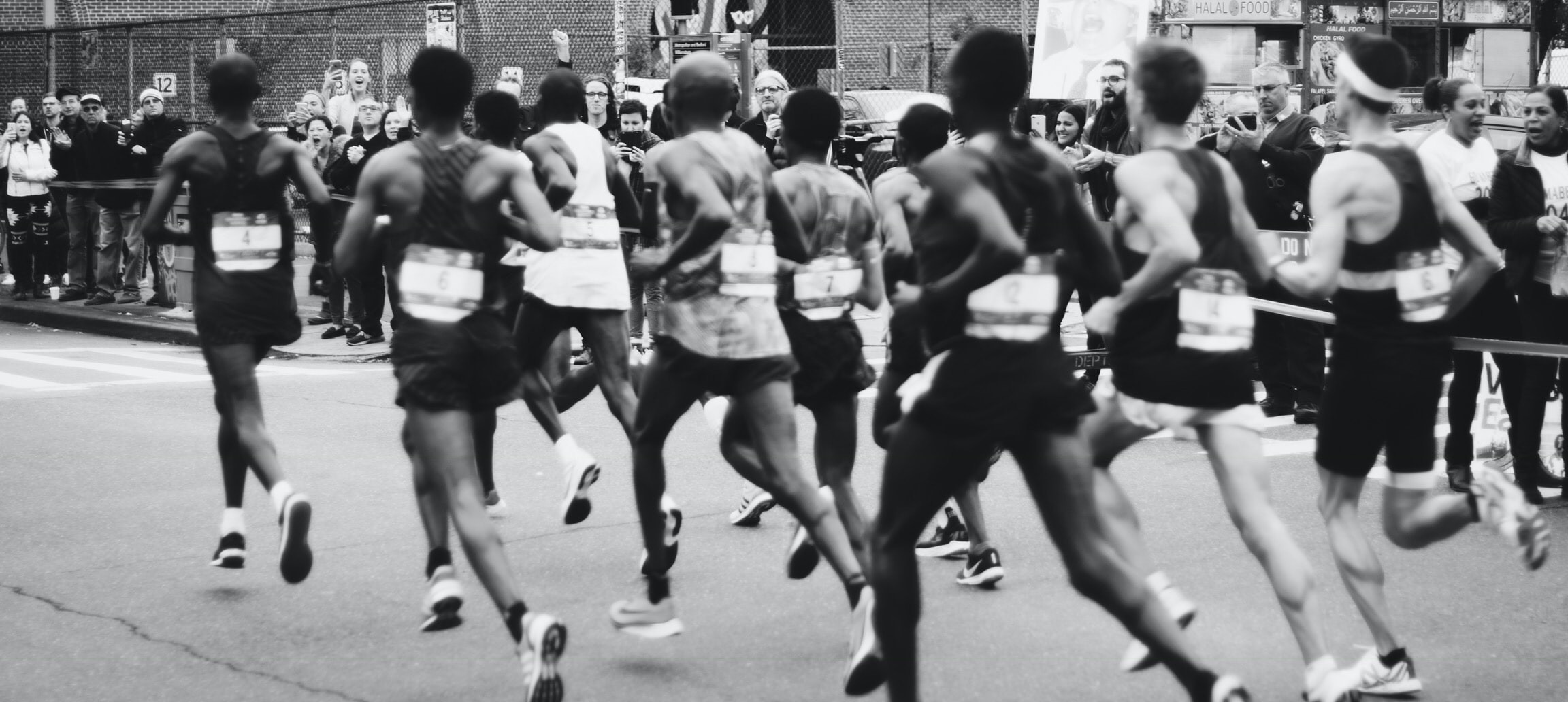What are energy gels?
Energy gels deliver concentrated energy on-the-move. When eating ‘real food’ is difficult and digestion is compromised, such as when you’re exercising at higher intensities, running gels are one option of getting fast-acting carbohydrates into your system to top up your energy stores.
What’s in a sports gel?
Most energy gels contain a mixture of simple sugars which can quickly be used by the body. Each gel tends to use its own balance of glucose, fructose and maltodextrin.
How do energy gels work?
Running gels work by offering an easily digestible energy source so carbs can quickly enter the blood stream and be delivered to the working muscles. This maintains the energy supply so you can keep running or cycling at a certain intensity for longer and avoid hitting the wall or 'bonking'.

Are all sports gels the same?
In short, no! Energy gels range from your typical high energy option which require the user to drink water as well as the gel, to those with lower carb content, such as isotonic gels. Isotonic energy gels aim to match the concentration of sugars in your blood stream, thus avoiding the need to consume water alongside the gel. There’s also a variety of supplements added to different gels, from BCAA’s, to electrolytes, to caffeine.
When to use energy gels
On average, your muscles can only store enough carbohydrates to fuel 60-90 minutes of exercise; this is stored in the muscles and liver as glycogen. For many recreational runners a half marathon will require more energy than the body’s glycogen stores so you need to start fuelling from 45 minutes into your event, in order to avoid hitting the wall and running out of useable energy. By the time you are feeling hungry or low in energy, you’ve already left it too late so you should aim to stay ahead of the game and keep your energy stores topped up and blood glucose levels stable. This will maximise your performance and gels are one way to do this.
Once you’ve started fuelling, aim to take on 60-90g of carbohydrates an hour, eating at regular 15-45 minute intervals. Set an alarm on your running watch or cycling computer if you’re likely to forget! Exactly how often and how much you should eat is personal to the individual.

Why do running gels cause stomach problems?
GI distress!
The fundamental problem with sports gels is that you have to consume it all in one go, otherwise you are left with a very sticky mess! The body’s natural response to such a high concentration of glucose in the stomach is to dilute this solution by drawing in water. Conversely, if you don't take on enough water with your gels, it is difficult for your body to absorb them. Even with the very best energy gels, both scenarios can lead to unpleasant GI drama like cramps, bloating, vomiting and diarrhoea – none of which are desirable in the middle of a run or bike ride! Getting the correct balance between energy gel intake and water intake is difficult.
There is a belief that energy gels lead to a sugar spike as the carbs are absorbed into the blood stream and then an inevitable crash as the energy is used up. Additionally many athletes find gels have an unpleasant texture and are difficult to swallow, and the often result in sticky hands, pockets or bags.
What are the alternatives to energy gels?
Until VOOM came along, the common alternative to gels have been highly concentrated energy drinks and sweets, for example, jelly babies. Having seen the stomach problems gels can cause VOOM set out to provide a tasty, portable and stomach-friendly alternative to gels – something that people could enjoy using. Our Pocket Rocket energy bars do just that, with twice the energy and zero mess.

How are Pocket Rockets more effective than energy gels?
VOOM Pocket Rocket energy bars deliver 41g of carbs, split into four 10g chunks, helping you keep on top of your energy intake. This also helps avoid the sugar spikes and crashes associated with traditional sports gels. Our main focus through product development was stomach comfort (and taste, of course!). We found portion control to be key to keeping a happy tummy, so we designed a solid energy bar that melts in the mouth.
We want you to have confidence in a fueling system that works and you can enjoy. We are pleased to have received a lot of positive feedback, including from athletes that suffer from Chron’s disease and IBS, who now use Pocket Rockets as their primary source of energy whilst training and racing.
VOOM never compromise on energy; Pocket Rockets contain 160kcal of simple sugars to keep your body working optimally. This is typically twice the energy found in the average energy gel, but in a much more user-friendly and stomach-friendly form. The moment you start eating a Pocket Rocket, glucose receptors in your gums get to work and you start to feel the benefit of rapid energy delivery.
Which Pocket Rocket is best for you?
Caffeinated, non-caffeinated, electrolytes and beta-alanine – from pre-workout to fueling ultras, or cycling we’ve got you covered. Check out our guide to using Pocket Rockets here.

